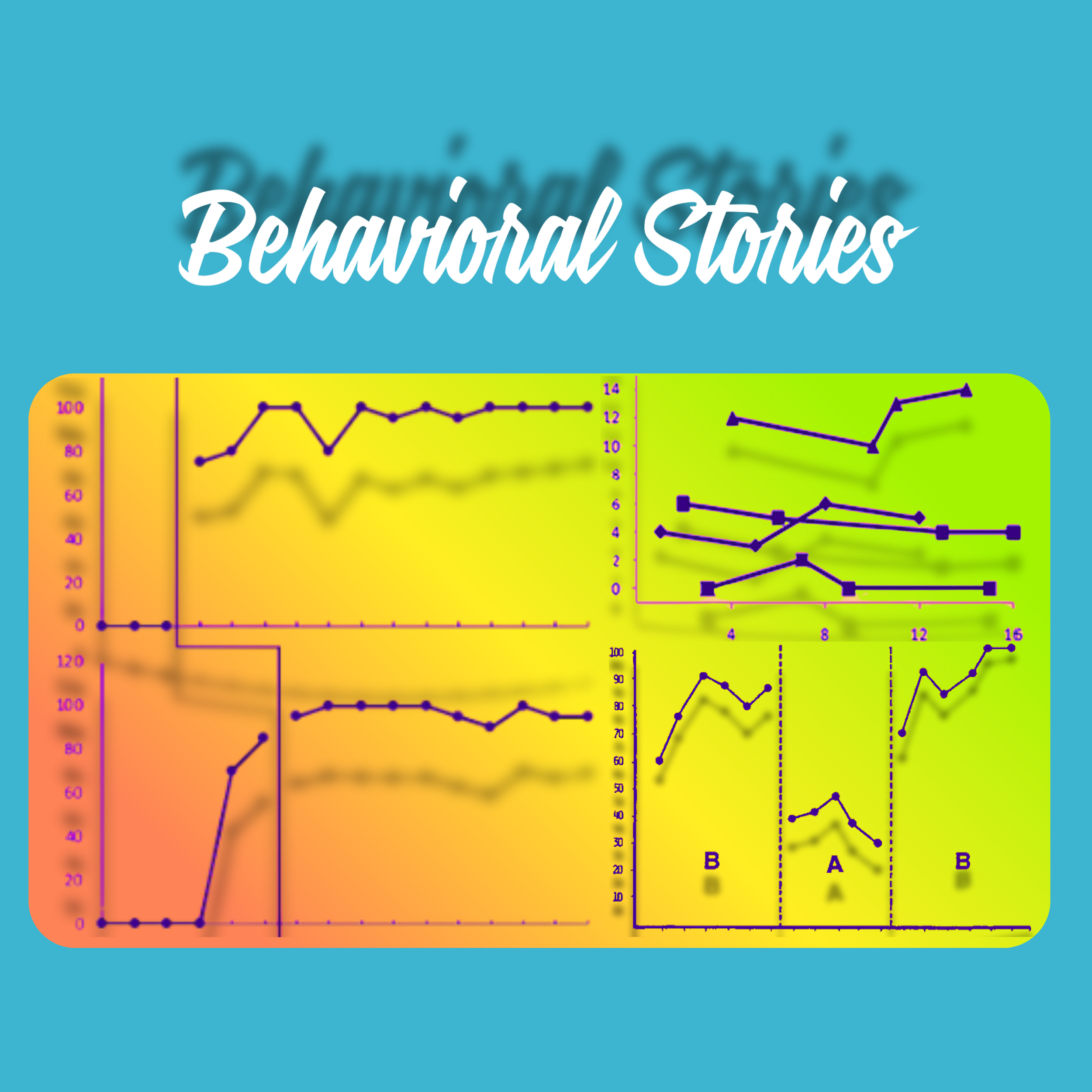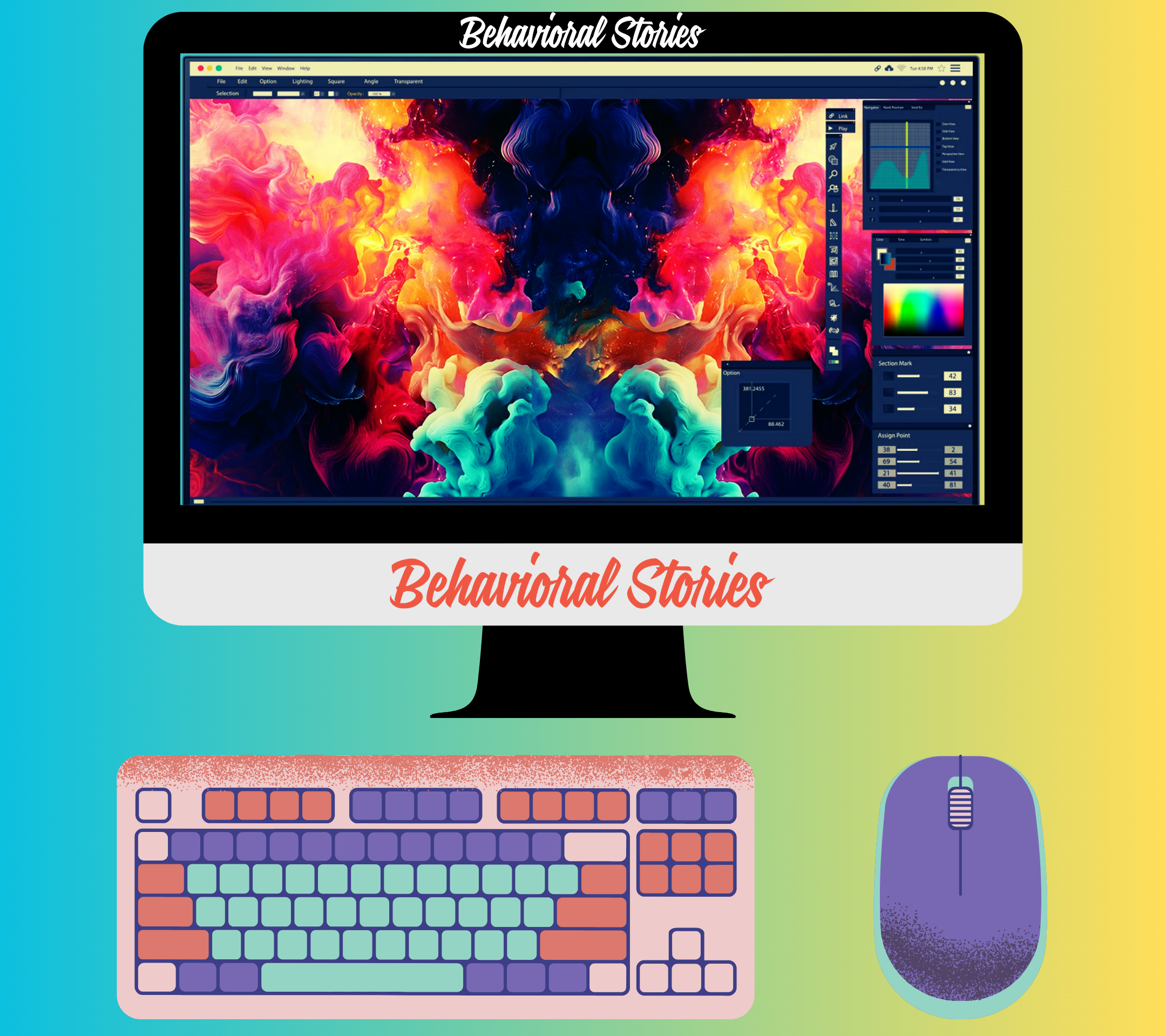
Single-Subject Designs For Marketing Campaigns: ABA Experimental Design
Applied Behavior Analysis (ABA) is commonly perceived as a form of therapy. However, ABA is empirical and fundamentally a science. In reality, it’s not a therapy… ABA’s scientific rigor is equipped with techniques supported by decades of scientific research for understanding and shaping human behavior in diverse contexts. While its applications in marketing may not be widely recognized, ABA holds significant potential in this area.
Effective marketing hinges on uncovering which strategies resonate with whom and under which conditions. This is where single-subject designs enter the scene...

Task Analysis (TA): A Concept from Applied Behavior Analysis (ABA) to Simplify Marketing
Struggling to juggle all the moving pieces in your marketing strategy? You’re not alone. For many marketers, the sheer volume of tasks, drafting posts, analyzing data, and designing campaigns can feel like an uphill battle. If you struggle with content creation, the Task Analysis (TA) is for you. This method, borrowed from ABA, can revolutionize how you approach complex projects.

Empirical Marketing Campaigns: Parametric, Component, and Comparative Analysis
Ever puzzled over the ideal number of posts for maximal marketing impact? Or curious about which type of content drives consumer action more effectively? Remember, mere views and likes mean nothing. Actual value stems from influencing consumer behavior. Discover how using parametric, component, and comparative analyses can enhance your marketing strategies.

Why Response Effort Matters in Marketing: Lessons From Applied Behavior Analysis (ABA)
Have you ever considered why you’re more willing to put effort into certain things but not others? It’s quite simple. We tend to spend more time and energy on activities that offer bigger rewards, while putting less effort into things that aren’t worthwhile.

Unpacking the Antecedents to Decode the Secrets Behind Marketing: A Peek into Consumer Behavior
Ever wonder what makes us click that “buy now” button or choose one brand over another, almost as if we’re under some sort of spell? Well, it turns out there’s a bit of science behind it.